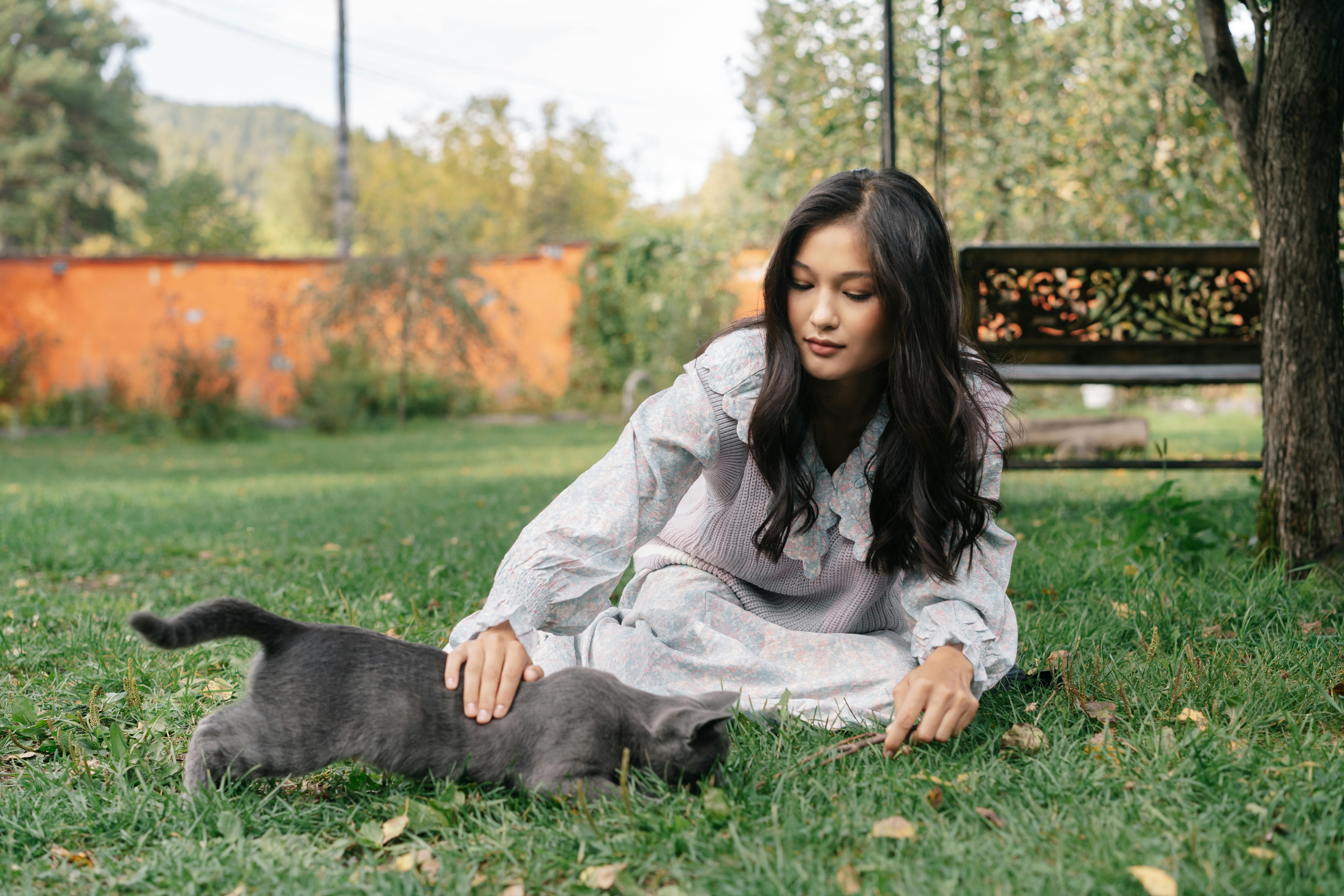Philippine customs for weddings
From pre-colonial indigenous rituals to Catholic, Chinese, and Islamic practices, Philippine bride customs https://en.lovebox.love/blogs/news/8-great-conversation-topics-for-long-distance-relationships are a lovely fusion of native and foreign influences. Nevertheless, despite having a variety of causes, love and commitment are the central themes in all Filipino bridal festivities.
A standard philippine women Filipino ceremony, such as the pamanhikan, in which the groom’s family pays the bride a visit and formally asks for her hand in marriage, was an extravaganza of folk rituals longer before Spain colonized the Philippines. A babaylan do bless the couples on the first day by holding their joined fingertips over a dish of rice. After that, the pair went back to their arbor and enjoyed a delicious meal there until the next day.
The majority of families in the Philippines nevertheless adhere to pamanhikan customs immediately, but they do so with a more contemporary flair. To the babaylan’s home, the bride and groom may be led on independent processions while frequently toting foodstuff or flower gifts. The couple will then kiss and hug each other as the babaylan prays over the wheat disk.
The newlyweds will usually obtain a kalamay rain from their guests during the reception( a tray of sticky rice cakes ). The wheat is a representation of their vow to remain united throughout their marriage. Additionally, it serves as a way for them to express their gratitude for their assistance and participation in the marriage holidays.

The newlyweds will then dance during the money dance, also known as” the dollar dance.” The bride and groom’s friends and family gather in sherengas during this time to party with them while having expenses taped or pinched onto their clothing. The sum of cash raised represents their blessings and well wishes for the honeymooners.


Leave a reply